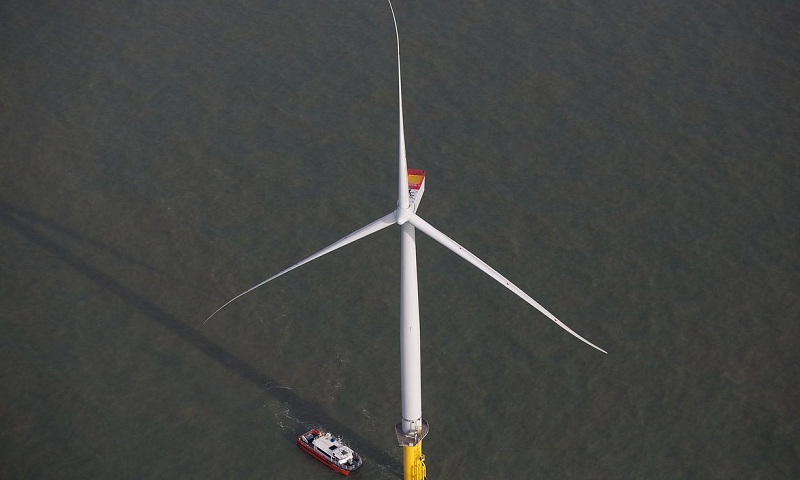Oil giants need to invest heavily in renewables by 2035, says analysis

More than a fifth of investment by the largest oil and gas companies could be in wind and solar power in just over a decade, according to analysis of how global changes in energy will reshape the sector. Slowing demand for oil and forecasts of rapid growth in renewables posed both a threat and and opportunity BP, Shell and Total among others cannot ignore, said research group Wood Mackenzie. “The momentum behind these [renewable] technologies is unstoppable now,” said Valentina Kretzschmar, director of research. “They [the oil companies] are recognising it is a megatrend; it’s not a fad, it’s not going away. There is definitely a risk to their core business.” The commodities analysts found the major energy companies would need to spend more than $350bn (£275bn) on wind and solar power by 2035 to take a market share similar to the 12% they have in oil and gas. Wood Mackenzie admitted that such spending was high even for oil companies and therefore an “unlikely scenario”, but forecasted that renewables could still be more than a fifth of capital allocation beyond 2030. Most of the oil and gas giants are slowly beginning to transform in the face of climate change policies and slowing demand. Norway’s Statoil is to deploy the world’s first floating offshore windfarm later this year off Scotland to buoy its existing portfolio of offshore turbines. Shell spent several hours of its annual general meeting in May boasting of its commitment to tackling climate change and to renewable power projects, such as windfarms off the coast of the Netherlands. Wood Mackenzie said most oil and gas companies realised renewables posed an existential risk to them and needed to hedge against the threat by diversifying. “Capturing the growth opportunity in this growing market is a driver, but let’s not also forget there is investor pressure,” said Kretzschmar, citing the 62% of shareholders who voted at Exxon’s AGM to force the company to be more transparent on climate change. Like BP, Wood Mackenzie predicted demand for renewables would grow faster than oil in the next two decades: the analysts forecasted annual growth rates of 6% for wind and 11% for solar, compared with 0.5% for oil demand. Offshore windfarms are probably the most attractive individual technology because of the comparable in scale to drilling for oil and gas, Wood Mackenzie said. But “dramatic reductions” in costs for solar and wind meant that in some places both technologies were now subsidy-free, it added. Kretzschmar said the European oil and gas companies had embraced renewables much more eagerly than US rivals such as Exxon and Chevron because the US firms had lower cost oil and gas production.

